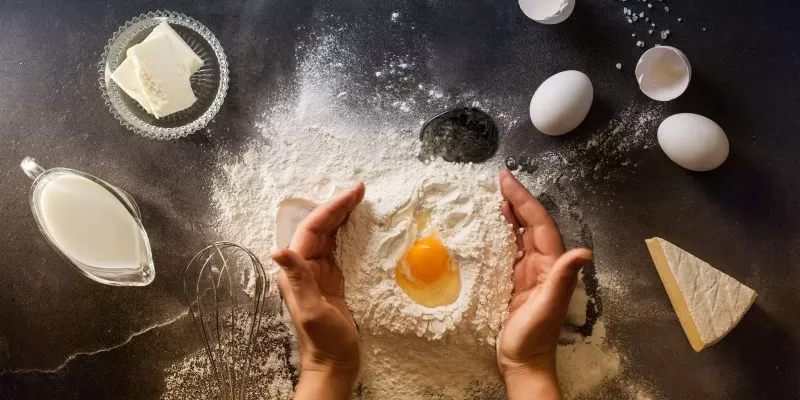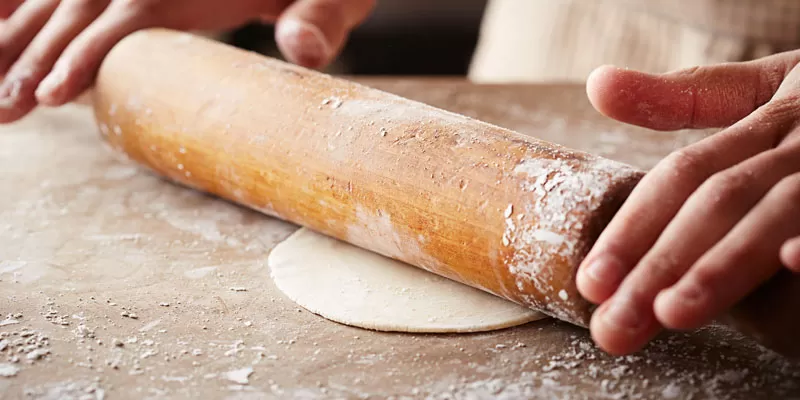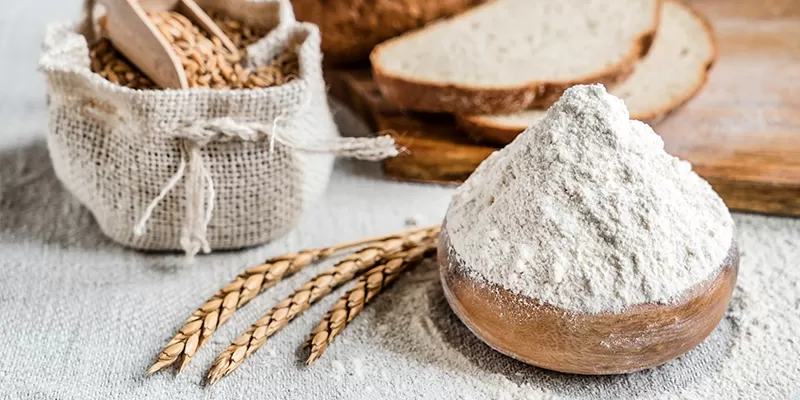Flour is one of the key products used in cooking for making all kinds of pastries and delicious dishes. There is a huge variety of its species, types and, of course, varieties. Two are considered the most “running”: the highest and the first. How do they differ from each other and what are they used for? Our experts know the answer.
Premium flour: features, application

Premium flour is considered the most purified product obtained from the central grain part. It is the most starchy, contains a small amount of protein and at a minimum — fats and fiber. There are practically no minerals in the powder. The color is perfectly white, sometimes with a slight creamy tint.
The product has excellent baking properties: products prepared using premium flour powder have a good volume and excellent taste.
What is best for:
-
For baking lush bread;
-
For baking from puff pastry, shortcrust pastry, using yeast;
-
For the preparation of sauces (due to the very fine grinding, the product acts as an excellent thickener).
ON A NOTE. Baking based on premium flour is high in calories, so you should not abuse products based on it — this can lead to the appearance of extra pounds. In addition, the gluten in the composition will slow down the digestive process — the body will not absorb vitamins very efficiently with food.
First grade flour: features, application

Such flour powder is made not only from the central part of the grain, but also a considerable amount of the grain shell (about 10%). Contains more than the highest grade amount of protein, fat, minerals and fiber. The color can vary from white to white interspersed with various shades of gray and yellow. Due to the large amount of gluten, the dough is very elastic, and ready-made bakery and other products are fragrant and voluminous.
What is best for:
-
For cooking pasta;
-
As a breading;
-
For making savory pastries, such as pies or pancakes.
ON A NOTE. Food products prepared using first grade flour are less caloric than those made on the basis of a premium grade product. In addition, they stale much more slowly.
Feature Comparison
For a more complete picture, our experts made a visual comparison of the main characteristics of the two types of flour.
|
|
|
|
|
Appearance
|
White color with a possible creamy tint
|
White color with a possible yellow tinge
|
|
Particle size
|
40 µm
|
60 µm
|
|
Ash content
|
0.55
|
0.75
|
|
calories
|
High-calorie
|
low calorie
|
|
Application
|
For making bread, sweets
|
For the preparation of inedible products
|
|
The rate of staleness of finished products
|
Wither very quickly
|
Get stale slowly
|
Unusual

Wheat flour of the first grade is considered a standard product that can always be found on store shelves. For those who are fond of baking, it will be useful to find out what other options can be purchased for making excellent culinary products:
-
spelled - Obtained from spelled wheat. Unlike classic wheat, spelled is more nutritious, contains fats that are better absorbed. Spelled contains gluten, but the taste of finished culinary products is similar to those obtained from whole grain flour. -
Semolina — obtained from durum wheat varieties, contains a large amount of fiber. Ideal for Italian pasta. -
Abyssinian broomstick — an old variety of grain, characterized by considerable nutritional value and valuable composition (includes iron, thiamine, fiber, etc.). Contains a significant amount of protein, small grains are used to obtain a gluten-free product. Very popular with athletes, people with gluten intolerance, and those who watch their weight.
How to define a quality product?
Stores offer consumers a wide variety of products from different manufacturers. And, although it is impossible to determine its quality by looking at the store shelf, it can always be done at home to see if it is suitable for cooking. Remember a few simple rules:
-
Pay attention to the expiration date — Do not buy a product with an expiring date. Stale on the store shelf, it becomes less free-flowing, harmful microorganisms appear in it; -
Color dry mass should be either white or white with a yellow / gray tint — other shades are not allowed, as well as black dots, lumps; -
Taste the flour mass should not be sour, bitter or moldy; -
Flour packed in polyethylene should be avoided. — it simply does not “breathe” — this is how a musty smell appears.

Добавить комментарий
Для отправки комментария вам необходимо авторизоваться.